International
EU approves first Covid jab for kids aged 5-11
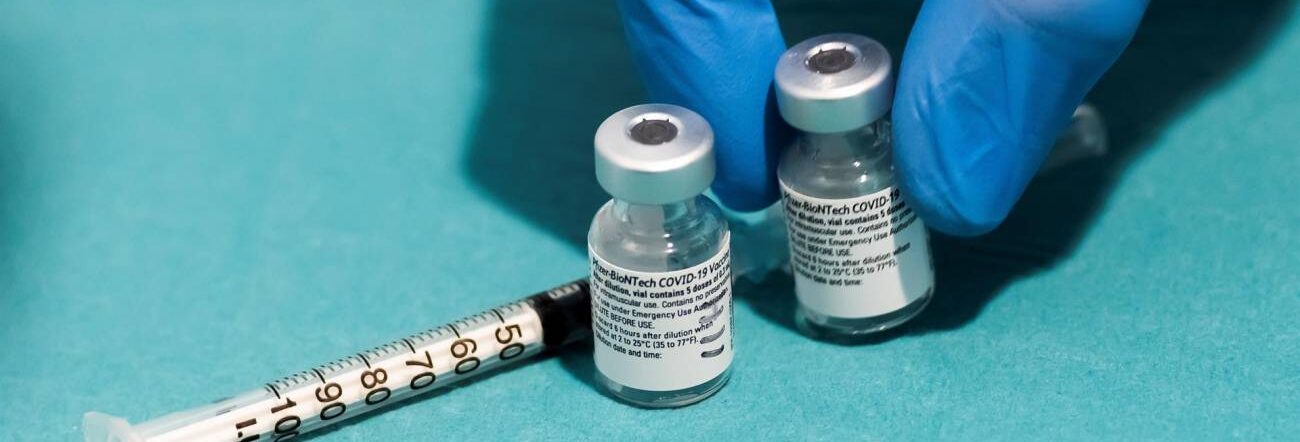
AFP
The EU cleared Pfizer’s Covid-19 vaccine for use in children aged five to 11 on Thursday, the first jab to be approved in a cohort where the virus is rapidly spreading.
Only a small handful of countries had previously given the nod for coronavirus vaccinations in younger children, including the United States, Israel and Canada.
“I’m glad to tell you that Comirnaty from today has received approval for children five to 11 years of age,” said Marco Cavaleri, head of vaccine strategy at the European Medicines Agency (EMA), using the vaccine’s brand name.
“This is based on a different dose in the one used in adults, essentially it’s a much lower dose,” he told an online public meeting.
The vaccine was already cleared for use in people aged 12 and over in the 27-nation EU.
Children aged five to 11 will be given one third of the dose that older people receive, with two injections, three weeks apart, the EMA said in a statement.
The vaccine was 90.7 percent effective in a study of nearly 2,000 children of that age, it added.
Side effects were usually “mild or moderate” lasting a few days, and included pain in the injection site, tiredness, headache, muscle pain and chills.
The EMA “therefore concluded that the benefits of Comirnaty in children aged five to 11 outweigh the risks, particularly in those with conditions that increase the risk of severe Covid-19.”
But the Pfizer jab’s safety in children “will continue to be monitored closely”.
– ‘Rare in children’ –
Health authorities say children make up an increasing proportion of new cases and hospitalisations in Europe, which is back at the centre of the coronavirus pandemic.
Children are also considered key drivers of infections even when they themselves do not come down with symptoms.
In the Netherlands, where the EMA is based, authorities said earlier this week that the largest increase in cases was among children up to the age of 12.
“We know that severe Covid-19 and death remain quite rare in children, however disease of all severity occurs in all the paediatric ages,” Cavaleri said.
“Moreover, high transmission results in increased hospitalisation in children of all ages.”
While children with underlying health conditions were more likely to become ill, the majority of children in hospital with Covid were otherwise healthy, said Cavaleri.
They were also at risk of so-called “long Covid” symptoms dragging on for months after infection, and multisystem inflammatory syndrome, he added.
The EMA is separately reviewing Moderna’s coronavirus vaccine for children aged 6-11 and expects to reach a decision in January.
The regulator has so far approved four vaccines for use for adults in the EU: Pfizer and Moderna, which use messenger RNA technology, and AstraZeneca and Johnson & Johnson, which use viral vector technology.
International
Meta Says Russia Seeks to Ban WhatsApp for Defending Secure Communication

U.S. tech giant Meta, the parent company of WhatsApp, said that Russia is seeking to ban the messaging app because it “challenges government attempts to violate people’s right to secure communication.”
Russian authorities have encouraged citizens to switch to state-backed applications, and in August they already blocked WhatsApp’s calling feature.
On Friday, the communications regulator Roskomnadzor claimed that the platform was being used to “organize and carry out terrorist acts in the country, recruit perpetrators, and facilitate fraud and other crimes.”
“If the messaging service does not comply with Russian law, it will be completely blocked,” the regulator warned.
WhatsApp remains one of Russia’s most widely used messaging services, alongside Telegram.
Moscow is pressuring both platforms to grant authorities access to user data upon request for investigations into fraud and activities the government labels as “terrorist.”
Human rights advocates fear the demand could be used to target critics of the Kremlin, President Vladimir Putin, or the war in Ukraine.
International
Archbishop Wenski criticizes Trump’s deportation policies, calls for stronger push for reform
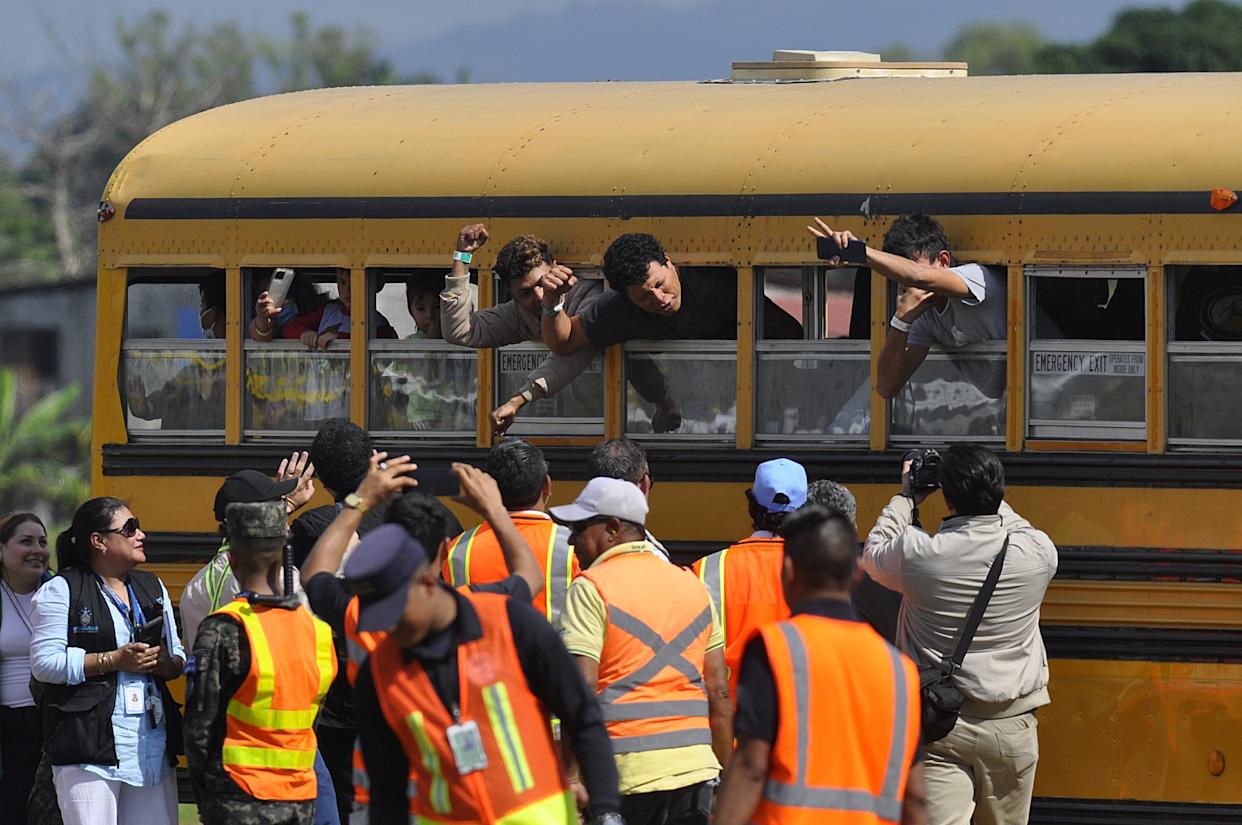
The Archbishop of Miami, Thomas Wenski, has called for increased pressure on the U.S. Congress to advance comprehensive immigration reform and criticized President Donald Trump’s mass deportation policies, arguing that they “do nothing to help.”
“We need to apply more pressure on Congress so lawmakers can make the necessary changes. It is also important for the Administration to listen to our voice. We do not want to be anyone’s enemy—we are Americans,” Wenski said in an interview with EFE.
The religious leader, who heads one of the dioceses with the largest Latino and Haitian populations in the United States, issued a call to defend the rights of migrants. He also emphasized that the U.S. Conference of Catholic Bishops (USCCB) has maintained a strong and public stance in favor of migrants for decades.
International
Trump relaunches diplomatic push to finalize U.S.-Backed peace plan for Ukraine War
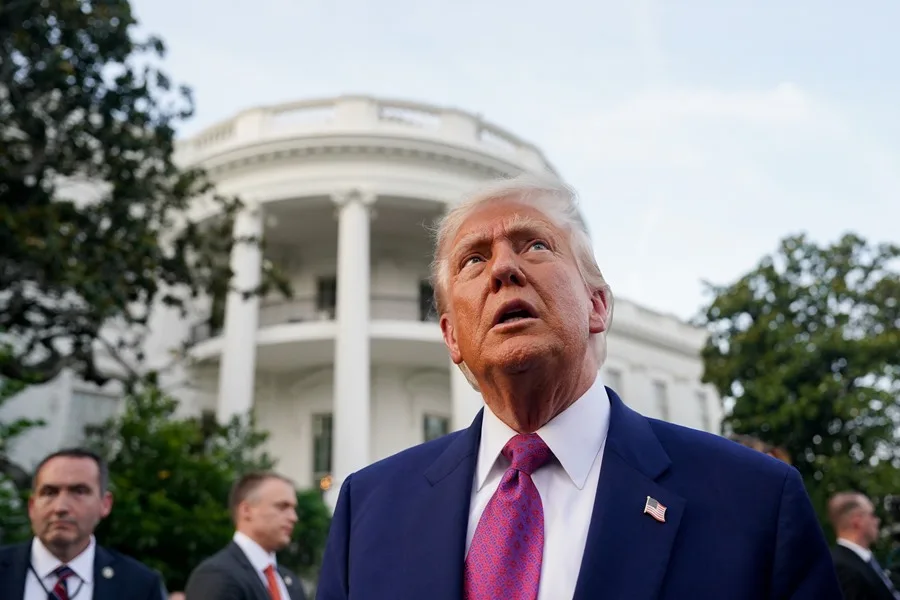
U.S. President Donald Trump announced on Tuesday that his diplomatic team will resume meetings with delegations from Russia and Ukraine in an effort to pressure both sides to accept the peace plan proposed by Washington to end the war in Ukraine.
As part of this new round of talks, U.S. Special Envoy Steve Witkoff will travel to Moscow to meet with Russian President Vladimir Putin. Meanwhile, Army Secretary Dan Driscoll will hold discussions with Ukrainian representatives to narrow differences on the remaining points of the agreement.
Trump also confirmed his intention to meet personally with Ukrainian President Volodymyr Zelensky and with Putin, though he emphasized that such meetings will only take place “when the agreement is fully finalized or in its final stage.”
The president claimed that his administration has made “tremendous progress” toward resolving the conflict and reiterated that the war “never would have started” if he had been in the White House at the onset of the crisis.
The U.S.-backed peace plan consists of 28 points and has been revised following feedback from both sides. According to Trump, only “a few points of disagreement” remain under active discussion.
One of the most controversial aspects of the proposal is the suggestion that Ukraine cede parts of the Donbas region to Russia and limit the size of its armed forces. Kyiv is working closely with Washington to soften these clauses in search of an arrangement that does not compromise its sovereignty or security.
With this diplomatic push, Trump aims to solidify his role as the main mediator in the conflict and steer the war toward a political resolution after years of devastation, humanitarian crisis, and rising global geopolitical tensions.
-
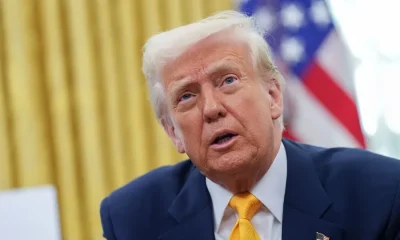
 Central America2 days ago
Central America2 days agoTrump Pardons Former Honduran President Hernández and Warns of Aid Cuts Ahead of Election
-

 Central America4 days ago
Central America4 days agoPanama reinforces security with new helicopters and Super Tucano Aircraft purchases
-
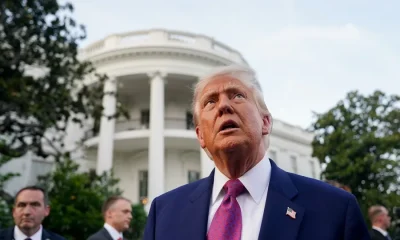
 Central America4 days ago
Central America4 days agoTrump urges hondurans to back conservative candidate Nasry Asfura in november elections
-
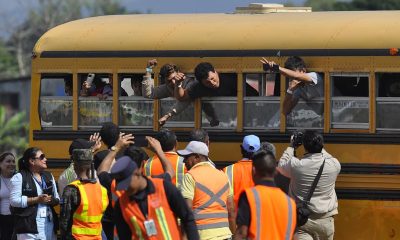
 International4 days ago
International4 days agoArchbishop Wenski criticizes Trump’s deportation policies, calls for stronger push for reform
-
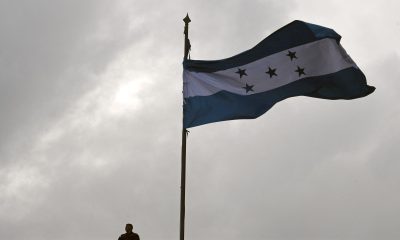
 Central America1 day ago
Central America1 day agoHonduras’ China–Taiwan Future Hinges on Sunday’s Presidential Election
-
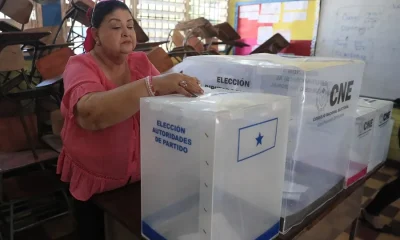
 Central America9 hours ago
Central America9 hours agoHonduras Extends Voting by One Hour Amid High Turnout, CNE Announces
-

 Central America4 days ago
Central America4 days agoWashington calls for oversight as Honduras faces allegations of electoral interference
-

 International2 days ago
International2 days agoMeta Says Russia Seeks to Ban WhatsApp for Defending Secure Communication






























